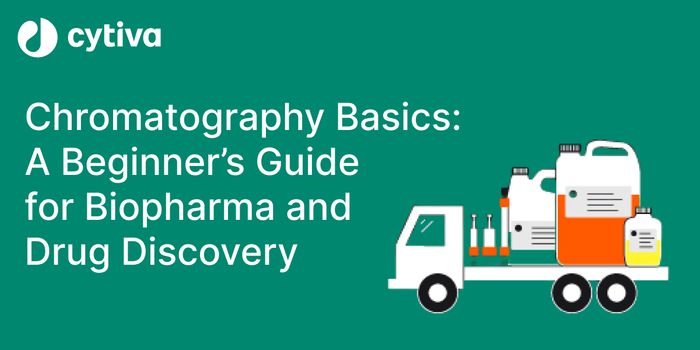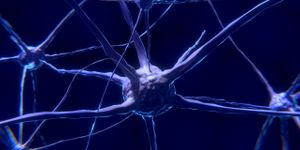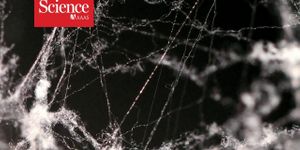Researchers Stunned to Find People who Inherited Mitochondrial DNA From Dad
Our body is built from a genome that’s contained within the nucleus of every cell. Within those cells are small structures that carry out various functions, one of which is called the mitochondria. It’s a special organelle that provides power to the cell, and it’s built from DNA that it carries itself, called mitochondria DNA (mtDNA). While there has been some debate on the subject, it’s long been thought and proven experimentally, that mtDNA is passed onto the offspring of most organisms by the mother only. New research reported in the Proceedings of the National Academy of Sciences has upended that assumption.
Get a primer on what we assumed about how mitochondrial DNA is inherited from the video, which is probably still true for the majority of cases.
Pediatrician and geneticist Taosheng Huang didn’t believe the results of a test that showed him paternal transmission of mtDNA has happened in one of his patients that was suspected to have a mitochondrial disorder. He asked the family to bring the child back in so they could repeat the test with a fresh blood sample. It was confirmed: the child carried a mixture of mtDNA.
Huang and his team decided to look further afield to see if there were others out there carrying two sets of mtDNA. They ultimately identified 17 individuals in three different families that have inherited mtDNA from their fathers.
“This is a really groundbreaking discovery. It could open up an entirely new field... and change how we look for the cause of [certain] diseases,” Xinnan Wang, a biologist at Stanford University who was not part of this work told NOVA.
There are a few theories about why mtDNA only comes from mom. It may help the organelles in the cell to cooperate when there's only one kind of mitochondria. It’s also been shown that mitochondrial DNA in sperm may mutate more often, making the maternal contribution a safer bet.
The mitochondria in sperm are mostly lost during fertilization, and when they aren’t, the egg can eliminate them. While some animals can pass on paternal mtDNA, in humans it’s only been found in only one other case in 2002.
When Huang looked further back in his patient’s family, however, he began to see that there were other family members with a mixture of mtDNA. After two other families were found, the research team saw that the inheritance patterns in all of the families were similar. It gave rise to women with mixed mitochondrial populations, who then passed on that mixture to their child. That was what happened to Huang’s patient, who had none of his own father’s mtDNA but carried the mixture his mother had passed on.
When people inherited mixed mitochondria, it began to make the inheritance pattern more complex. Some men started out with mixed mtDNA, and passed that jumble onto offspring who also inherited mtDNA from mom. Not all the men with mixed mtDNA passed it on, however.
The researchers are still working to find out how the paternal mtDNA is getting through to the embryo. While it’s very likely to have a genetic cause, it’s nothing in the mtDNA that’s doing it, and there appears to be no dysfunction in their mitochondria.
When reached for comment by NOVA, developmental biologist Florence Marlow, who was not part of this study, suggested that maybe the paternal mitochondria are not being properly labeled, and when fertilization happens, there’s nothing to indicate they should be destroyed.
While the patient that got the whole study started does have some physical problems like hypotonia, fatigue, and muscle pain, his twin sister that also carried mixed mtDNA was healthy aside from a speech delay. It seems that not all people that carry mixed mtDNA will show physical evidence of it.
Huang and colleagues have continued to look for this phenomenon, and have already found more families. He thinks it may happen as frequently as once in every 5,000 people.








